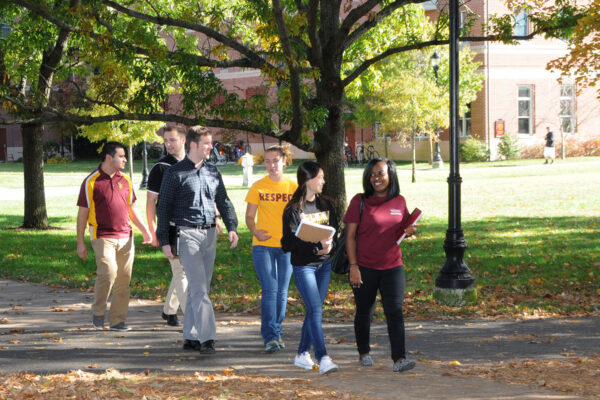ACE2018: Shaping Today’s Minds for Tomorrow’s World
By Audrey Hamilton
Ever sit through a lecture on demographic data trends and feel energized? Excited? Inspired? If you haven’t, then you have not sat in on a lecture or session with James H. Johnson Jr.
Johnson, the William R. Kenan Jr. distinguished professor of strategy and entrepreneurship and director of the Urban Investment Strategies Center at the University of North Carolina at Chapel Hill, presented at ACE2018 in Washington, DC during a session titled, “Ready or Not, Here They Come: Preparing the Next Generation of Students for Our Changing Economy.”
The lively lecture focused on six demographic trends that will impact higher education in the coming decades. In short, those trends are:
- Migration from North to South
- Higher birth rates of minorities combined with higher immigration rates
- Aging baby boomers needing elder care
- More people marrying outside their own race
- Grandparents raising grandchildren at higher rates
- Women surpassing men in college attendance and completion
All these trends, Johnson said, will dramatically change who attends college and will create a demand for significant shifts in what students need to learn and how they learn. “All institutions need a new competitive tool kit,” Johnson said.
For example, 10 million millennials have elder care responsibilities, he said, and elder care isn’t even on most organization’s radars. Yet future students and workplaces need to be looking at how to accommodate a rapidly aging population.
As the #MeToo movement permeates the landscape, men are being surpassed by women at much higher rates in the higher education community. According to the 2010 Census, 572,000 more women than men received degrees. During the Great Recession in 2008, 80 percent of jobs lost were for men, which means three times as many men of working age do not work at all compared to 1969, Johnson said.
Lastly, Johnson focused his presentation on the importance of higher education and the responsibilities campus leaders have to make sure their students can successfully participate in and contribute to the regional, national, and global economy.
“Students need to be more agile, have more contextual intelligence and flexibility,” Johnson said. “Because the makeup of the student population will be even more diverse and more focused on demands outside of the academic and workplace environment than ever before.”
If you have any questions or comments about this blog post, please contact us.
